How to draw flowers.
From tulips to daffodils, flowers are a popular subject to sketch. Explore the art of drawing different blooms with these simple steps.
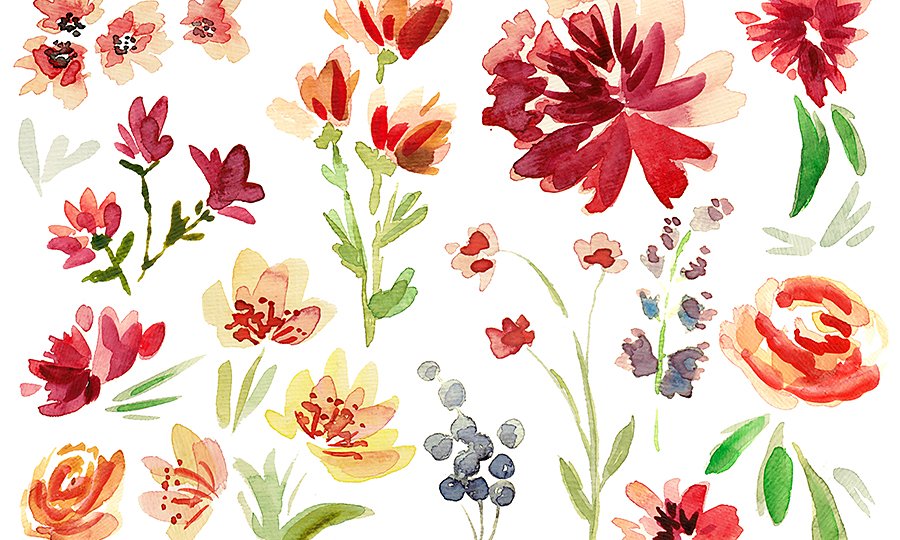
Stop and sketch the roses.
Whether you admire wildflowers in a field or artfully arranged blossoms in a vase, the organic lines of flowers can help you hone your drawing skills. As you explore the world of flower drawing, start with a study, a series of fast and loose sketches. “One of the reasons I love to do studies is that it helps me get out of my head. Studies are not supposed to be perfect, and it’s important to not approach art with the sense that it has to be perfect,” says artist Rachel Getsinger.
Simple flower sketches can be a helpful learning tool or a good way for artists to experiment with new materials. And since there are countless species of flowers, you’ll never run out of different forms to draw. But while sunflower sketches and rose drawings may require some individualized steps, you can approach many flowers with the same general drawing technique.
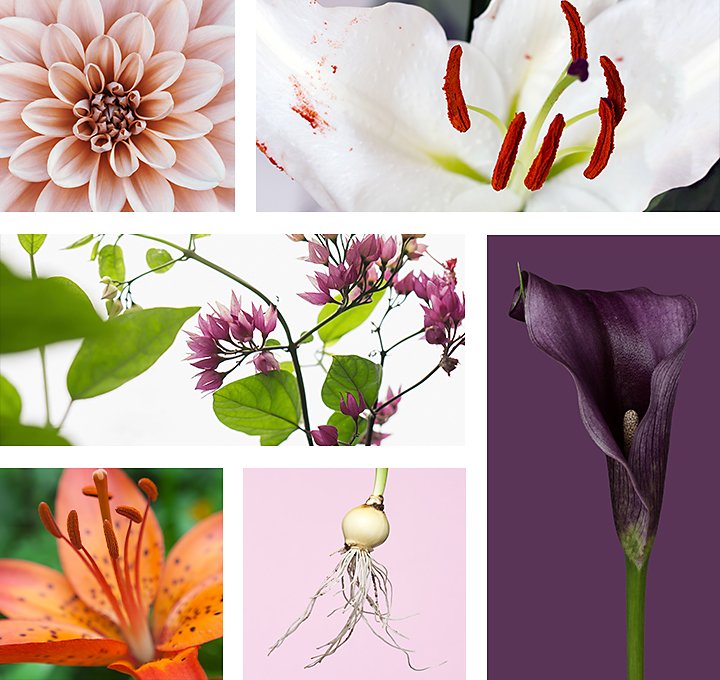
Study up before you sketch.
“It’s important to know the foundational anatomy of a flower before rendering your own interpretation of it,” explains artist Loe Lee. While shape and appearance vary for every kind of flower, you still need to understand their general form. Here the main parts of most flowers:
- Petals. A petal is a modified leaf that surrounds the center of a flower. Petals vary widely in color, shape, size, and number, depending on the species. For example, a pansy has five petals while a rose can have 40. Aside from being beautiful, petals also help pollinators like honeybees find the nectar of a flower.
- Pistil. The pistil is the reproductive female part of a flower. It traditionally consists of the stigma, style, and ovary and is located in the center of the bloom.
- Stamen. The stamen is the pollen-producing male part of the flower. Most flowers have multiple stamen, and they surround the pistil in the center of a flower.
- Sepal. Where the flower connects to the stem is called the sepal. It often protects the bud and provides support for the petals while they bloom.
- Stem. A sturdy stem is the main structural foundation of a flower. It keeps the flower aloft and can vary in texture and diameter.
- Leaves. Responsible for photosynthesis, leaves are generally triangular or circular, and they branch out from the stem.
- Roots. The organs of a plant that usually reside below ground and collect water are called roots. You probably won’t sketch many roots when drawing flowers, but the delicate branching shapes of roots can help you hone your linework.
Explore this step-by-step tutorial.
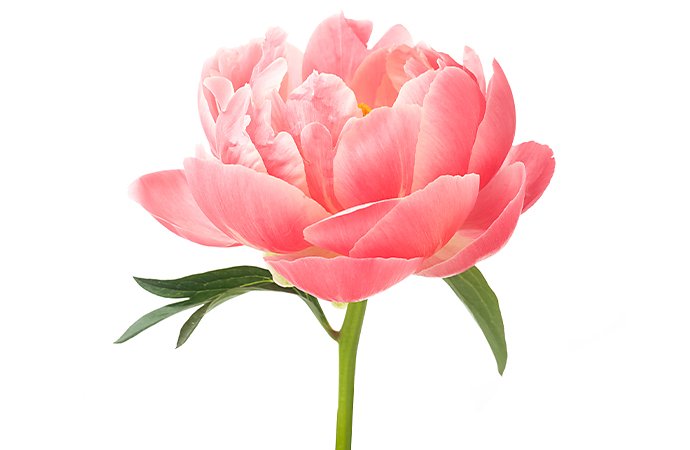
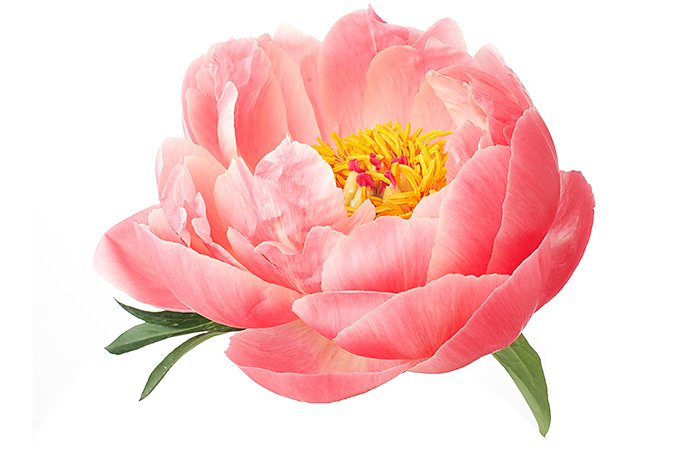
1. Pick a flower and a reference image.
Everyone knows what a flower looks like. But how it looks out in the world is different from how it looks in a still photo. For example, “One thing I’ve noticed is that often the stem has a bright highlight in photos. But when people draw flower stems, they often draw them as one big, dark line,” says Getsinger. Don’t trust your memory too much, since factors such as light and shadow can surprise you. That’s where reference images come into play.
Whether you draw a peony or a Queen Anne’s lace, you’ll need to start with a reference photo. But don’t stop with just one image. “Consider the different life cycles of the plant, the way it’s facing the sun, or how the light is coming into play,” says Getsinger. Gather multiple images, so you better understand your subject, but also don’t be afraid to create a composition all your own.
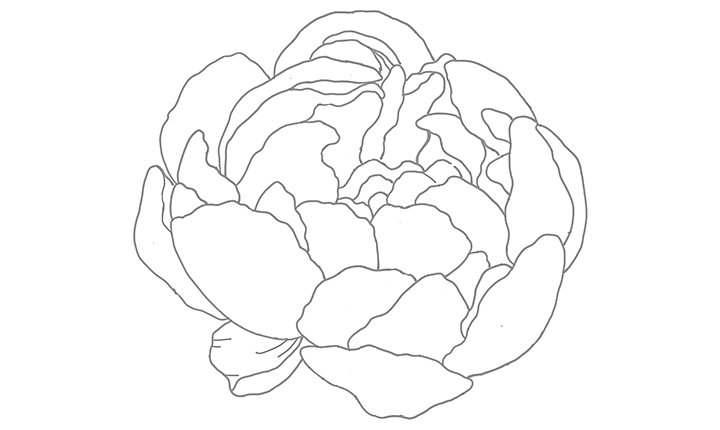
Image by Loe Lee
2. Tracing the basic shapes.
When you practice, “trace many types of flowers to learn more about their forms. Start with the major outlines: petals, stems, and leaves,” says Lee. “I often start with basic black-and-white line drawings.”
Every complex form can be reduced to simple shapes. Examine how the petals look when lying flat, and then observe how they overlap and become foreshortened in your reference image. Don’t get bogged down in the specific details at this stage. Just focus on the composition of your image and the organic forms.
3. Hone your linework.
From here you can refine your lines and shapes. Use different line weights to add primary forms and secondary details, and then go in with an eraser to delete unneeded marks from your early sketch. If you’re working digitally, like in Adobe Fresco, you can create a new layer and turn off your underdrawing later without erasing it.
“Don’t focus too much on making the perfect line. Small jitters and imperfections make the petals seem more natural,” notes Lee. Focus on the creases and folds within the petals or the hills and valleys around the edges of the leaves. These details can help add dimension and realism to your drawing.

Image by Loe Lee
4. Add some simple color.
When it comes to adding color, give yourself a limited palette to begin with. Choose a few main colors for your petals and leaves, and select one or two shades lighter and darker to use for shadows and highlights. Next, block in the main colors. From there you can layer the highlights and shadows across the petals and leaves. When working digitally, keep your colors on a separate layer from your linework. This allows you to add texture and edit colors independently.
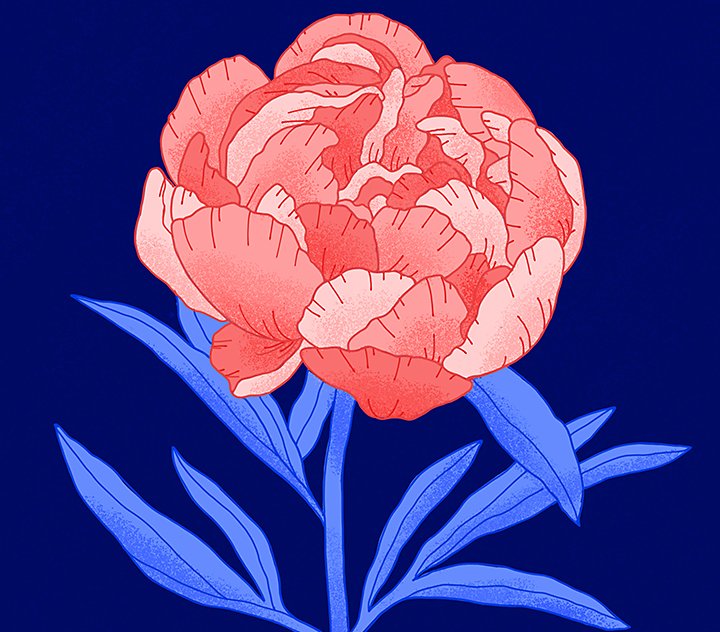
Image by Loe Lee
5. Create dimension with texture.
Refer to your reference images and examine how texture and tone make the flower appear three-dimensional. Use textured brushes in Adobe Fresco to create light and dark marks across the top and bottom of the petals. As always, keep your light source in mind when you add detail and shadows.
Get inspired by beautiful flower drawings.
When it comes to flowers, there’s no right or wrong way to draw them. Spark a few new drawing ideas by seeing how other artists have captured stunning blooms in their own beautiful drawings.
- Try your hand at a looser approach and explore the world of gestural, watercolor flowers.
- Craft a stylized, abstract form like this artist’s unexpected rendition of an iris in bloom.
- Take a different approach and relax your mind with flower doodles reminiscent of mandalas.
Now that you’ve got drawing tips and inspiration, you’re ready to try it for yourself. Adobe Fresco has live brushes that can help add painterly effects to your favorite flower drawings.
Contributors
You might also be interested in…
Learn how to sketch cheerful sunflowers with these helpful tips and a quick tutorial.
How to draw a rose.
Improve rose drawings by learning about plant anatomy in this step-by-step guide.
ยกระดับทักษะของคุณด้วยแบบฝึกวาดภาพและคำแนะนำจากนักวาดภาพประกอบมืออาชีพ
วิธีก้าวไปสู่การเป็นนักวาดภาพประกอบ
เรียนรู้เคล็ดลับการสร้างพอร์ตโฟลิโอและการนำเสนองานศิลปะที่จะช่วยให้คุณเป็นดาวรุ่งในสายอาชีพใหม่



